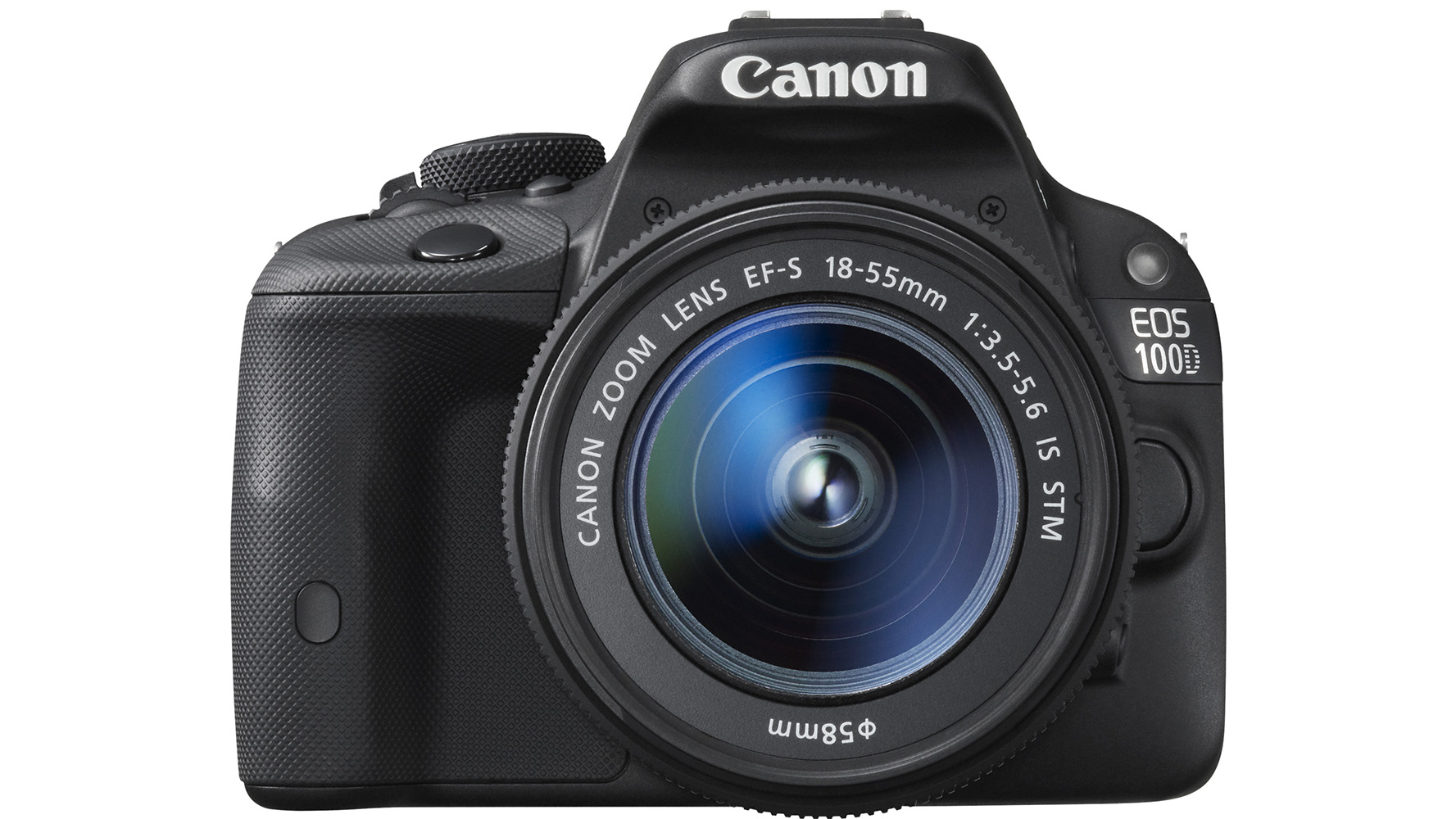TechRadar Verdict
What Canon has managed to produce in the EOS Rebel SL1 is pretty special - a very small body that retains the same DSLR stylings of its larger siblings, and more importantly, produces impressive image quality. That's quite a feat.
Pros
- +
Small body size
- +
Touchscreen
- +
Great image quality
Cons
- -
Overall system still large
- -
Art filters only usable in Live View
- -
Slow Live View focusing
Why you can trust TechRadar
The interchangeable lens camera market has shifted significantly over the past couple of years. Where the bulky DSLR once was the undisputed king, now smaller, compact system cameras are making significant headway into stealing the crown.
Canon finally introduced its own CSC in the shape of the Canon EOS M last year, but now it has also released the Canon EOS Rebel SL1 - which is the world's smallest and lightest DSLR.
In fact, it's around 25 percent smaller than the Canon EOS Rebel T4i (known as the Canon 650D in the UK), and 28 percent lighter.
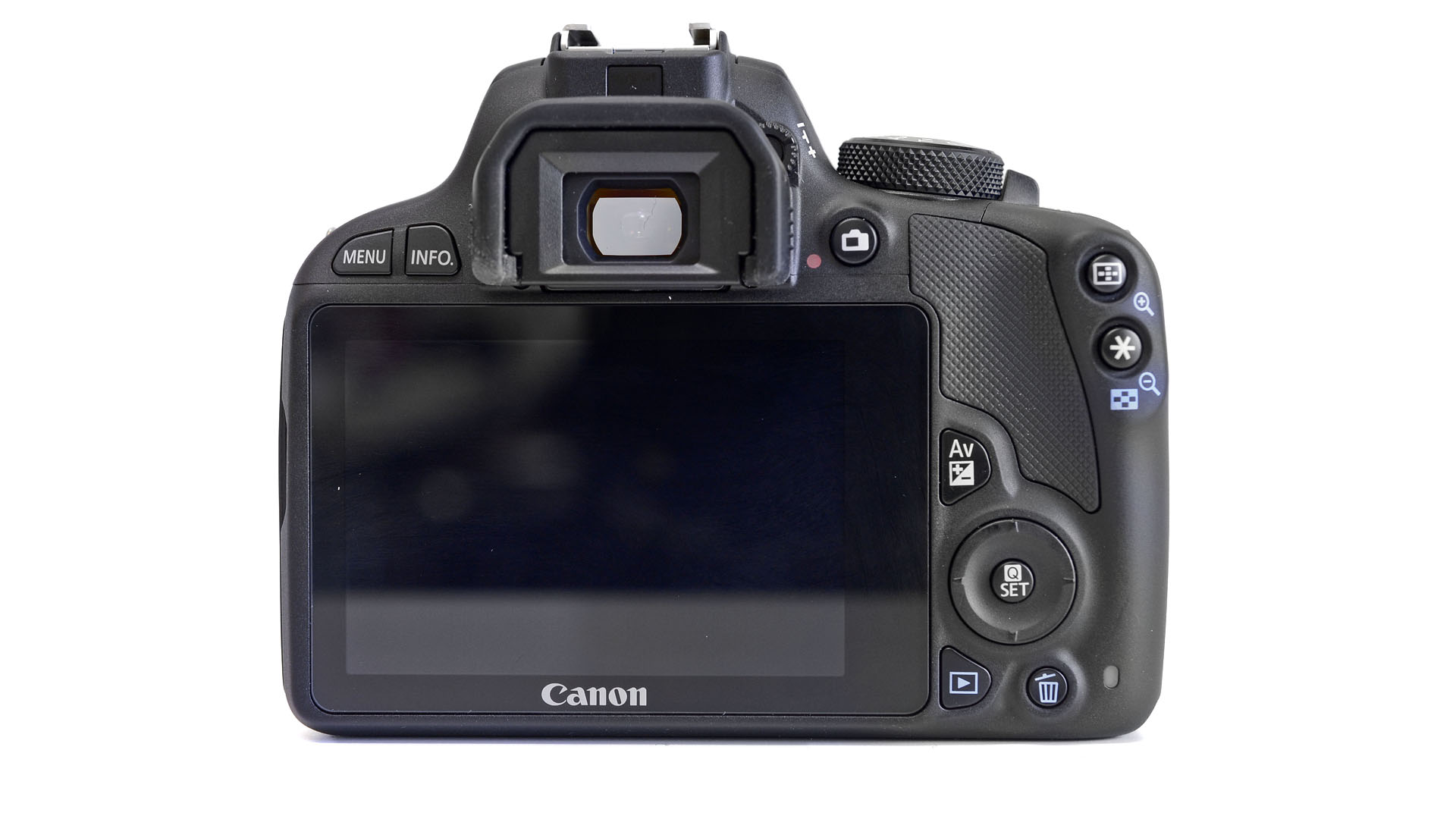
Unlike the Canon EOS M, it has the same traditional DSLR stylings, but the majority of the interior electronics have been downsized.
The major exception to this is the sensor, which remains APS-C sized and features 18 million pixels - although the module itself has been thinned to fit inside the smaller body. Canon says that this is a new sensor, but it should put in the same kind of performance as the one in the EOS Rebel T4i and Rebel T5i (or the 700D in the UK).
The sensor is a hybrid CMOS AF II sensor, the second generation of the type of sensor which was found in the Canon EOS Rebel T4i and Canon EOS M. This has phase detection pixels on the sensor to assist with autofocus when shooting video or using Live View. These autofocus points cover approximately 80 percent of the sensor, which should make for more accurate focusing, right the way across the frame.
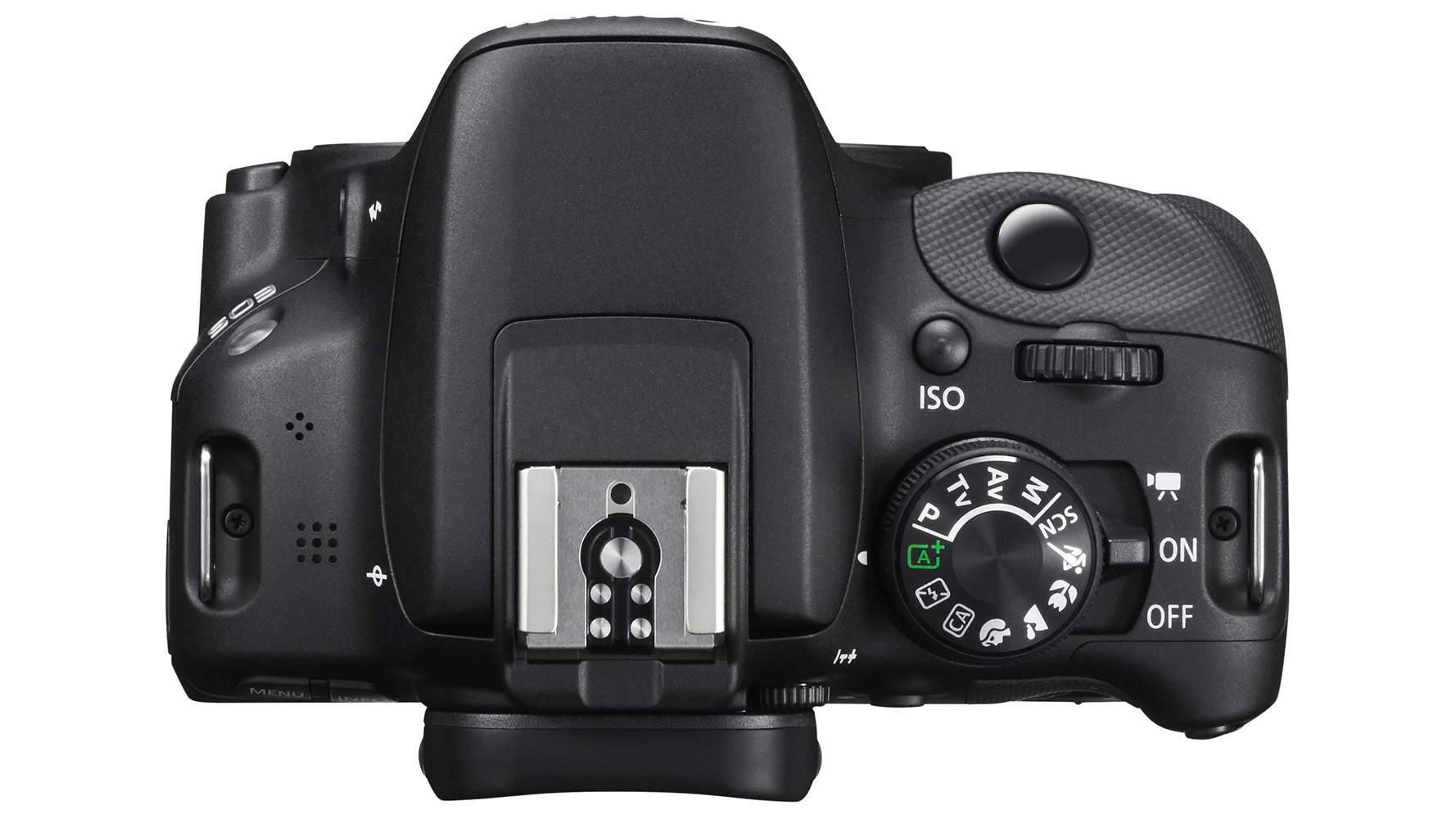
Canon is aiming the EOS Rebel SL1 somewhere between the EOS M and the EOS Rebel T4i. Its small body size has led to the tagline, "A DSLR you'll never want to leave behind." It also has a lot of fun features, designed to appeal to the beginner user. These include creative functions such as Kids' mode, Candlelight mode and Food mode.
There's also a range of digital filters, the same as those found on the Canon EOS M and Canon EOS Rebel T4i. For the first time, however, in a Canon SLR you can now see how these effects will be rendered on the screen (when shooting in Live View) before the shot is taken - this is also possible with the EOS M.
There's also Dual Shot Mode, which records one image with the filter, and one without, should you change your mind at a later date.
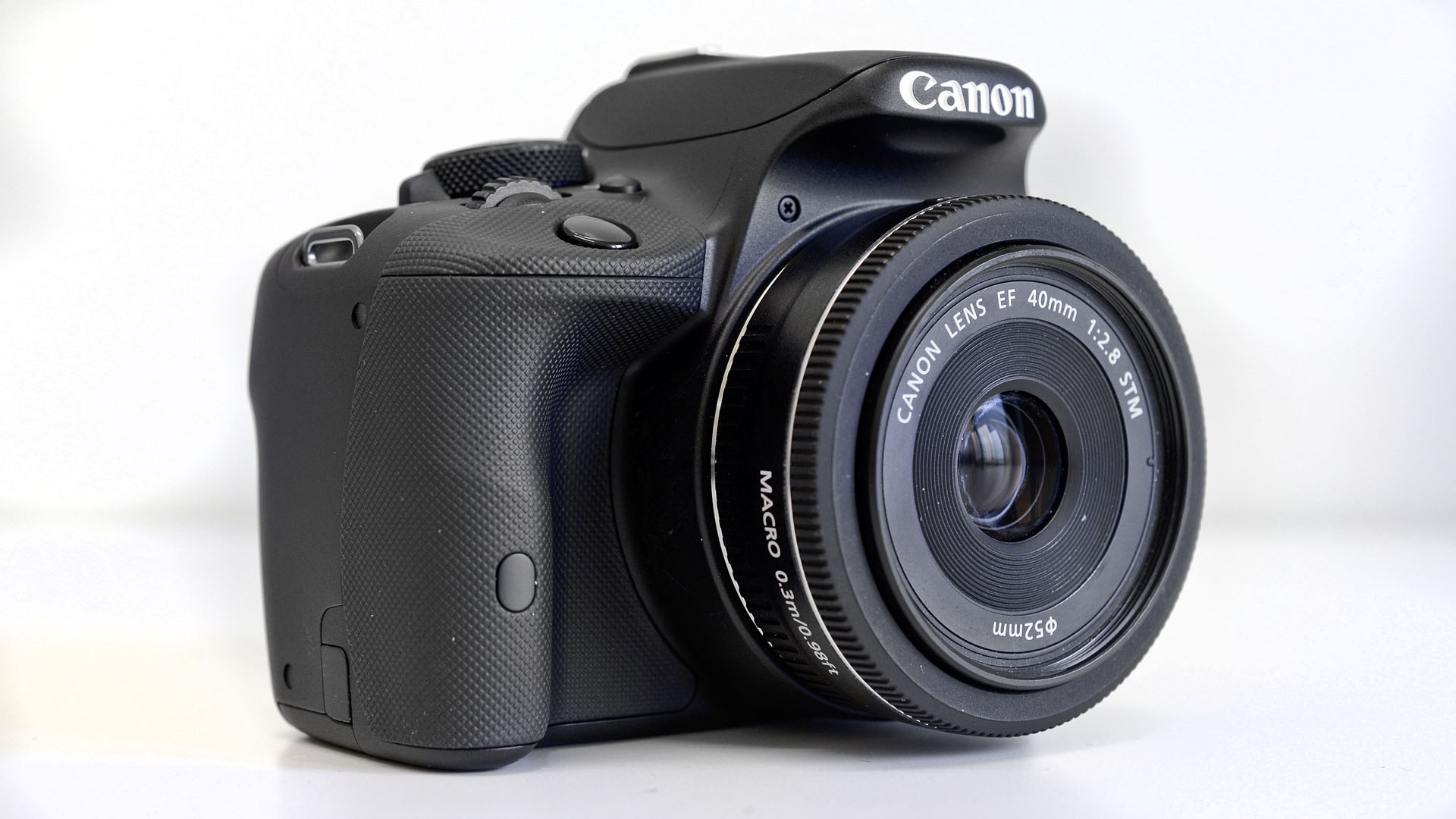
Despite being roughly the same size as some of the compact system cameras on the market, the Canon EOS Rebel SL1 still has room for an optical viewfinder that boasts 0.87x magnification and 95 percent coverage.
It has a smaller battery than the Rebel T4i and Rebel T5i , which Canon says is capable of around 380 shots - the same as the EOS M. The built-in flash has a guide number of 9.4, compared with the T4i's number of 13.
Like both the Canon EOS T4i and Canon EOS M, the Canon EOS Rebel SL1 has a capacitive touchscreen. It is fixed, unlike the T4i and T5i, which have articulating screens. Other features include 4fps shooting, Full HD movie recording and Intelligent Auto.
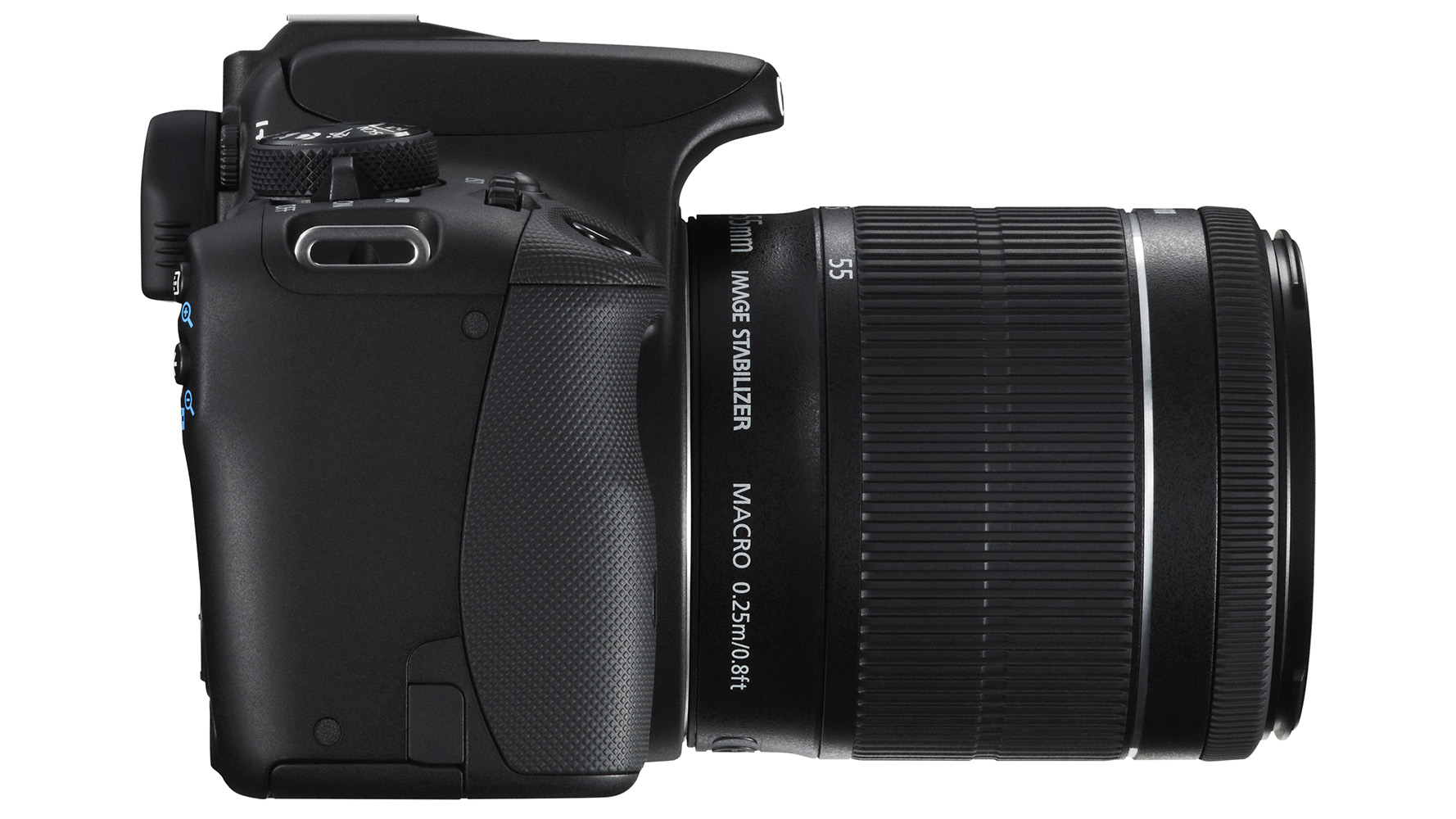
Although it is a lot smaller than most of Canon's other DSLRs, it still retains the standard Canon EF-S lens mount, making it compatible with the company's huge range of optics. Of course, unlike compact system camera optics, these remain quite large - in other words, don't expect the entire system to be smaller just because the Canon EOS Rebel SL1 has been shrunk down.
Canon could have chosen to use the EF-M mount, as on the EOS M, but the lens range here is much more limited. Those for looking for something small and compact may want to consider the wide range of compact system cameras currently on the market.
The Canon EOS Rebel SL1 is priced at $649 or $799.99 with the new 18-55mm kit lens, which was announced at the same time.
Amy has been writing about cameras, photography and associated tech since 2009. Amy was once part of the photography testing team for Future Publishing working across TechRadar, Digital Camera, PhotoPlus, N Photo and Photography Week. For her photography, she has won awards and has been exhibited. She often partakes in unusual projects - including one intense year where she used a different camera every single day. Amy is currently the Features Editor at Amateur Photographer magazine, and in her increasingly little spare time works across a number of high-profile publications including Wired, Stuff, Digital Camera World, Expert Reviews, and just a little off-tangent, PetsRadar.
